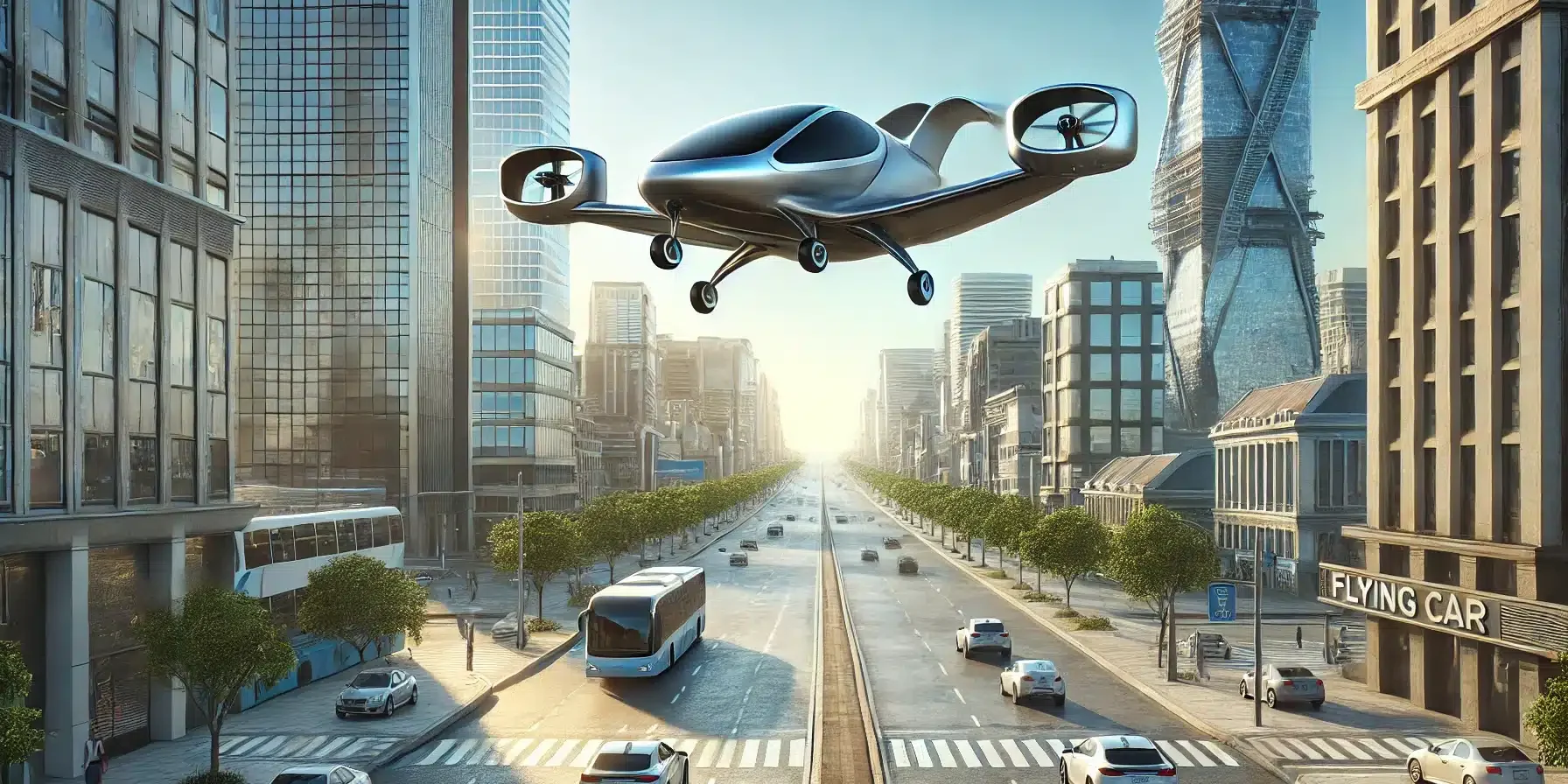Debut of the First Road-Legal Flying Car – Is This the Future of Urban Transportation?
April 2024 saw the unveiling of the world’s first flying car with full road homologation, marking the beginning of a new era in personal transportation. The AeroMobile X1 model, developed by an international consortium of engineers and designers, was officially presented at the Geneva International Motor Show, attracting attention from media and technology enthusiasts worldwide. This groundbreaking vehicle, combining features of a personal car and a small aircraft, is capable of traveling on public roads as well as in the air, offering unparalleled mobility possibilities in congested urban agglomerations. The AeroMobile X1 is equipped with foldable wings and tail that can be deployed within minutes, transforming the car into a light aircraft capable of taking off and landing on short runways.
The technology behind the AeroMobile X1 is the result of a decade of intensive research and development. The vehicle is powered by a hybrid propulsion system, combining an electric motor for road driving with a compact turboprop engine for flight. Advanced avionics and autopilot systems, supported by artificial intelligence, are designed to ensure safety during both driving and flying. The manufacturers claim that the AeroMobile X1 can reach speeds of up to 160 km/h on the road and up to 300 km/h in the air, with a flight range of up to 800 km. Moreover, the vehicle has been designed to minimize noise and emissions to meet stringent environmental standards in many cities. Despite these impressive achievements, the key challenge remains certification and legal regulations. The AeroMobile X1 is the first vehicle of its kind to receive road homologation in the European Union and an airworthiness certificate from the European Union Aviation Safety Agency (EASA), paving the way for the commercialization of this technology.
However, the emergence of a road-legal flying car raises many questions and doubts. Transport experts and urban planners are debating the potential impact of such vehicles on urban infrastructure and air traffic management. Critics point to potential problems related to safety, noise, and privacy of city residents. There are also concerns about the accessibility of this technology – with an estimated price of over 1 million euros, the AeroMobile X1 will remain out of reach for the average consumer for a long time. Nevertheless, proponents of this technology argue that flying cars could revolutionize urban transport, reducing traffic congestion and shortening travel times, especially on suburban and intercity routes. The vision of future cities where traffic takes place not only at street level but also in the air seems closer than ever before. Regardless of the controversies, the debut of the AeroMobile X1 undoubtedly represents a milestone in transportation history and opens up new, fascinating perspectives for the future of urban mobility.







